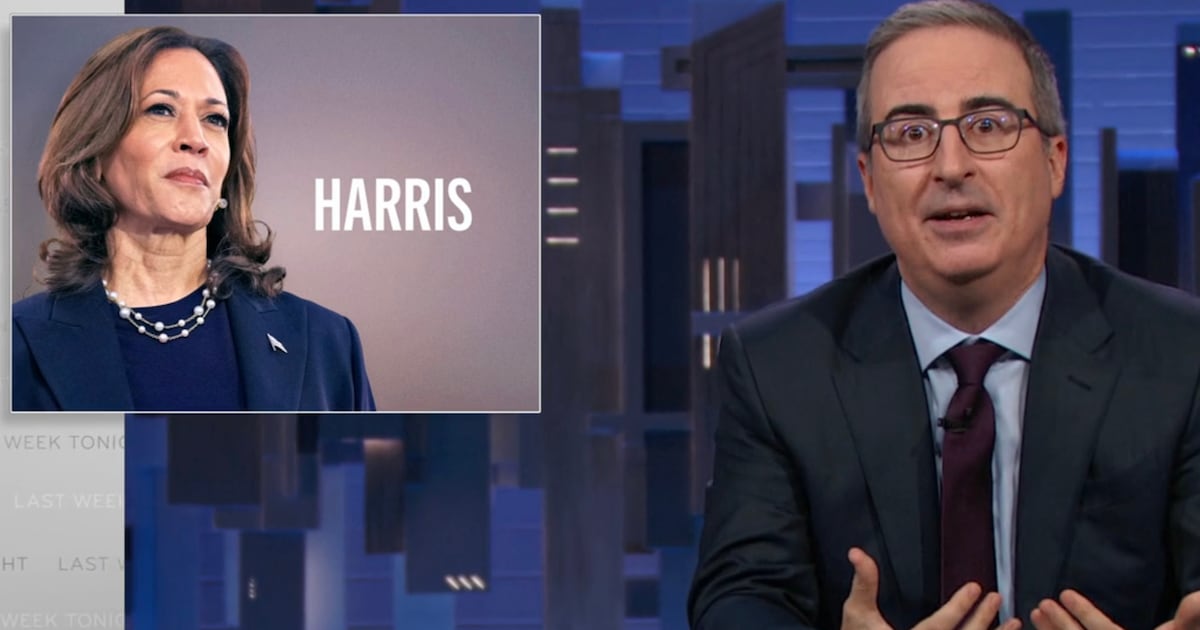Meghan Markle, the American actress who has been dating Prince Harry for close on a year now, and is increasingly seen as a likely royal bride, has long been involved in human-rights advocacy.
At the age of 11, as she told a United Nations conference in a highly watchable speech, she was so outraged by a detergent advert that boasted that “women all over America were fighting greasy pots and pans” with the branded liquid that she wrote to powerhouse lawyer Gloria Allred and first lady Hillary Clinton. Markle ended up on a local news channel, and, a month later, as a result of the controversy, Procter & Gamble changed the tagline of the product to “People all over America…”
At 15 she worked in soup kitchens and the actress has continued to do a huge amount of volunteering. She is now an ambassador for the global development charity World Vision Canada, and she traveled to Rwanda last year and to slums in the Indian cities of Delhi and Mumbai this year to raise awareness of the plight of females in extreme poverty, and the ways in which they can be helped by better education and health-care policies.
ADVERTISEMENT
As part of this new campaign, Markle, 35, has written an extensive essay in Time magazine, entitled How Periods Affect Potential on the effect that the stigmatization of menstruation has on young women around the world.
She writes: “One hundred and thirteen million adolescent girls between the ages of 12-14 in India alone are at risk of dropping out of school because of the stigma surrounding menstrual health.
“During my time in the field, many girls shared that they feel embarrassed to go to school during their periods, ill equipped with rags instead of pads, unable to participate in sports, and without bathrooms available to care for themselves, they often opt to drop out of school entirely.
“All of these factors perpetuate the cycle of poverty and stunt a young girl’s dream for a more prolific future.”
As The Daily Beast commented at the time, watching Meghan Markle’s trip to India unfold on social and mainstream media, it was hard not to be impressed by the remarkable positive attention she attracted to a tough cause.
Seeking to break down ancient taboos against menstruation—as Markle writes, “Many girls believe their bodies are purging evil spirits”—is a humanitarian calling about as far outside the traditional royal charitable comfort zone as can be imagined.
For many decades, the royals tended to focus on unimpeachably “safe” charities: guide dogs, wild birds, architecture, the countryside, that sort of thing.
They still do, of course, but the landscape was changed irrevocably when Diana held the hand on camera of a man dying from AIDS in 1991.
But there is an important difference between Diana and Meghan.
Meghan knows exactly what she is doing, but Diana was an ingénue; she said subsequently that she never planned to make a huge statement by holding the man’s hand, it was simply her natural human reaction to a fellow human’s plight.
Nonetheless, Diana’s simple gesture became a hugely political signifier at a time when HIV patients routinely kept their identities secret for fear of being victimized or hounded out of their communities.
But it was not until after Diana had divorced Prince Charles and dropped her HRH title that she was able to turn to the most political of all her causes—the campaign to ban landmines.
It was a hugely contentious campaign as the multibillion-dollar British defense industry—well-baked in to the establishment—was a huge producer of the weapons.
Just days before she died, she gave an interview to a French newspaper in which she praised the Blair government’s support for the campaign against land mines and criticized the Conservative government of former British Prime Minister John Major for its unhelpful stance on the issue.
National outrage was duly whipped up about her “interference” in politics, but her death on Aug. 31, 1997, brought that criticism to an abrupt end.
Certainly, Meghan’s political advocacy is part of what attracts Harry to Meghan. Harry has previously said that he is seeking to perpetuate and continue his mother’s work.
Meghan is clearly not the the kind of person to be told to pipe down, and it is interesting to note that in the very first report of the relationship, the established royal reporter Camilla Tominey quoted a source saying: “Harry loves to hear about Meghan’s humanitarian work and he thinks she’s doing a fantastic job.”
It is becoming increasingly tempting to imagine how we might be on the cusp of gaining a new political Princess of the United Kingdom.





